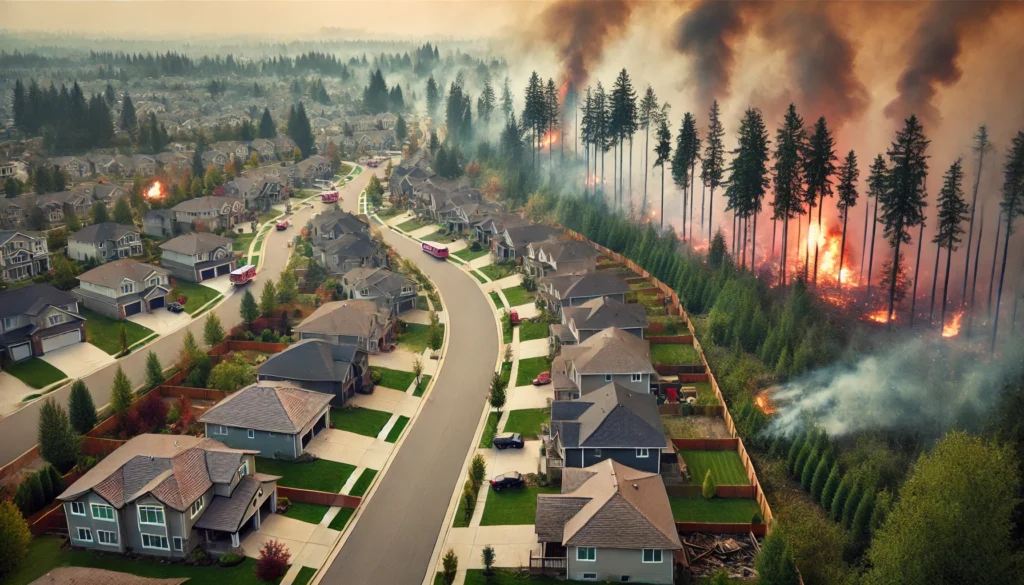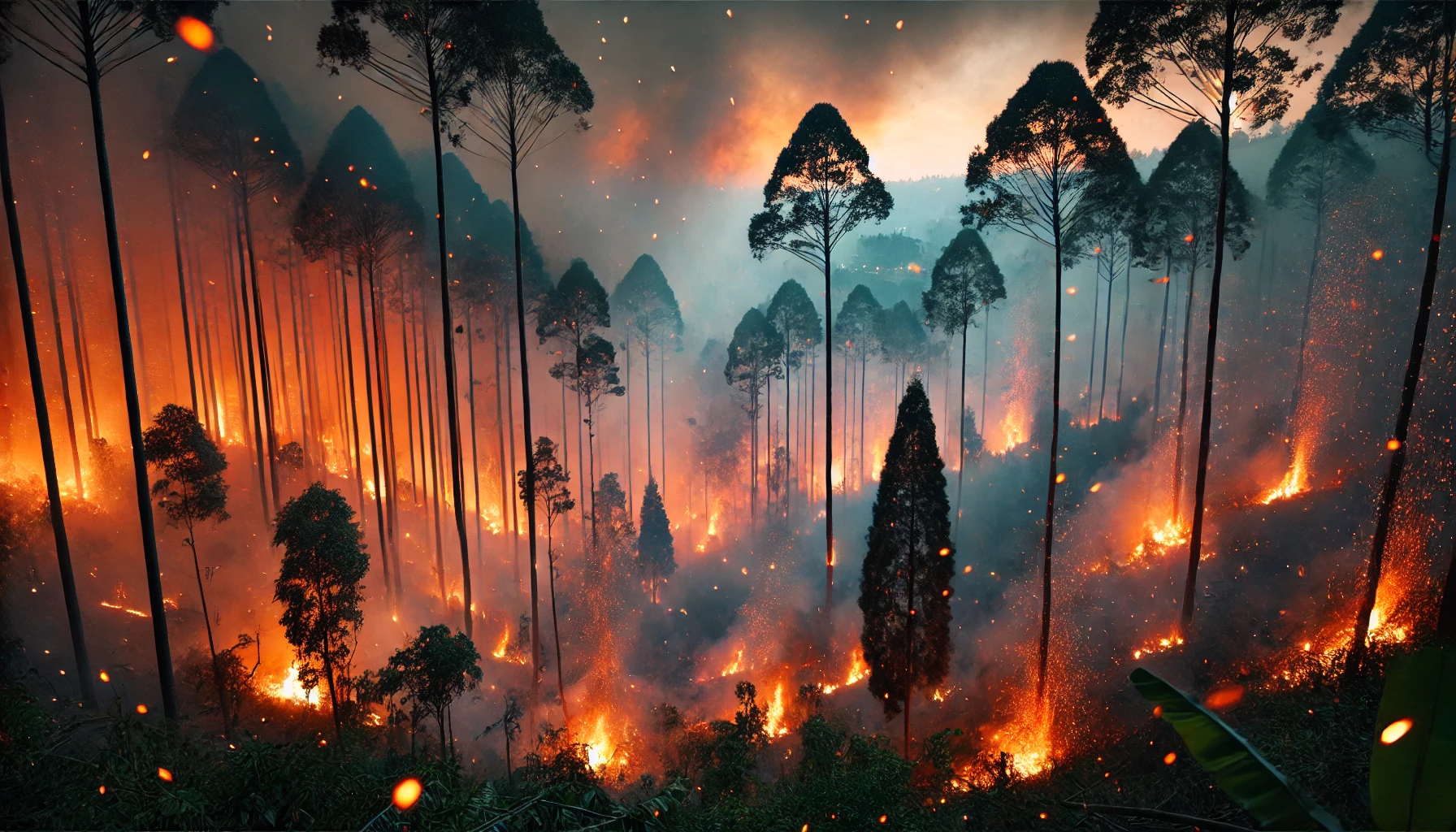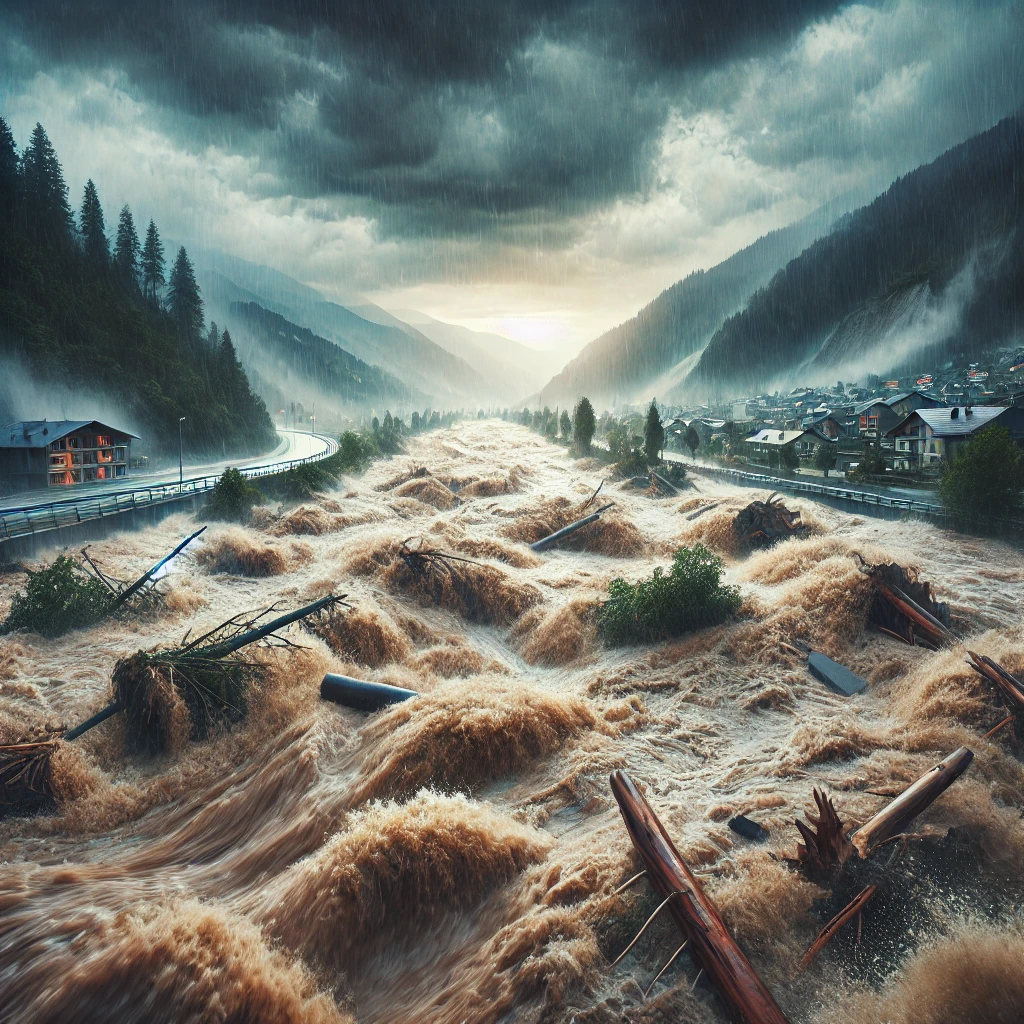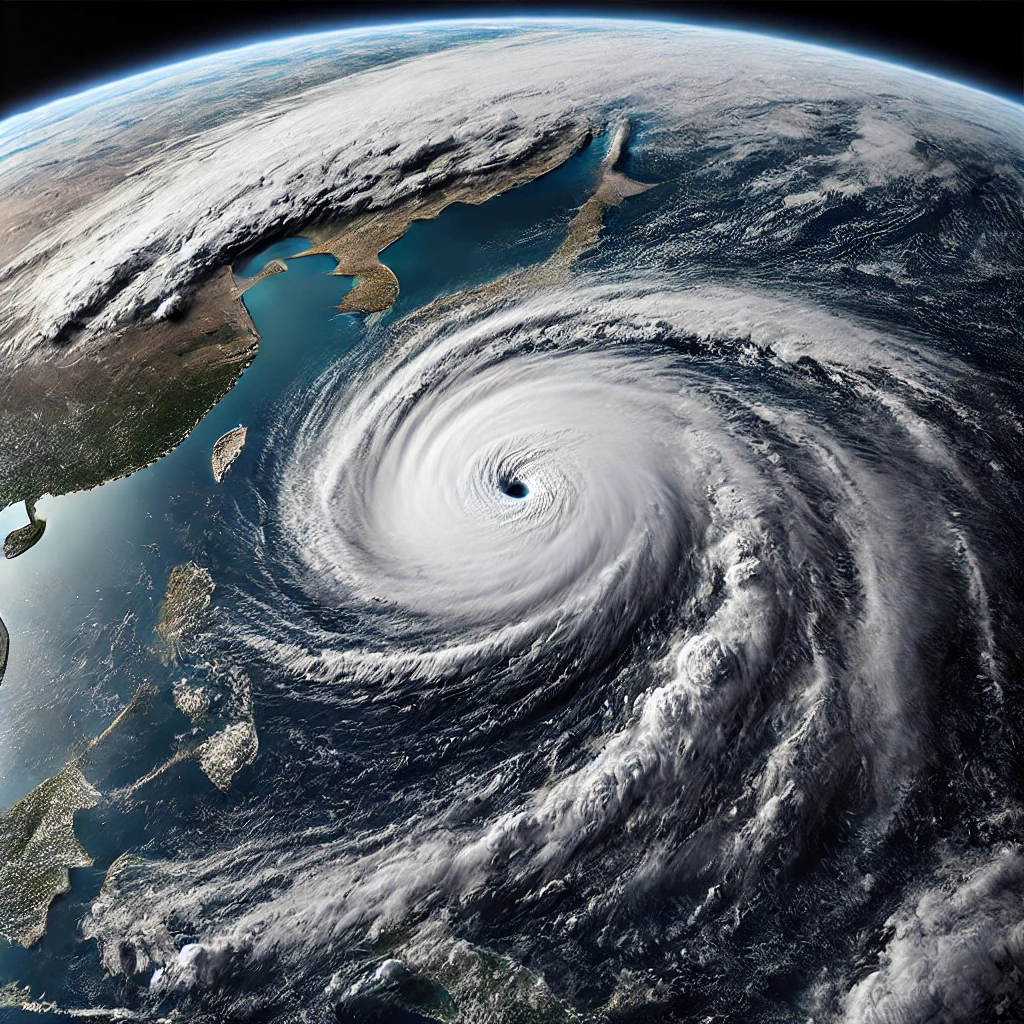Wildfires: How Natural and Human Factors Fuel Destruction
Introduction:
Wildfires are a powerful and destructive force of nature, but the intensity and frequency with which they occur are often shaped by a complex interaction of natural and human factors. Over the past few decades, wildfires have increased in frequency and intensity, leading to significant damage to ecosystems, property, and human lives. Understanding the underlying causes of wildfires helps provide a roadmap for prevention and mitigation strategies.
Natural Factors Contributing to Wildfires
- Climate and Weather Conditions One of the most critical natural contributors to wildfires is climate. Regions that experience dry, hot weather conditions are particularly susceptible to fires. Prolonged droughts dry out vegetation, turning trees, shrubs, and grasslands into flammable material. High temperatures further reduce the moisture content of plants, making them highly combustible.Wind is another important factor. Strong winds can spread flames quickly, carrying embers over large distances and igniting new fires. Wind-driven fires can move at incredibly high speeds, making them difficult to contain.
Lightning Strikes: Another natural trigger for wildfires is lightning, especially dry lightning, which occurs without rain. Lightning strikes can spark fires in remote areas where human intervention is minimal, and these fires can grow rapidly if the surrounding vegetation is dry.
- Vegetation Type and Density Different types of vegetation burn at varying intensities. For example, forests with dense tree canopies and undergrowth can fuel intense wildfires. Pine forests, with their resin-filled trees and thick layers of pine needles, are particularly prone to rapid combustion.Fire-adapted species: Some ecosystems are naturally adapted to fire. For instance, certain species of trees, such as eucalyptus and pine, have evolved to not only survive but thrive after fires. The oils in eucalyptus trees are highly flammable, which can make fires more intense. However, fire is often essential for the life cycle of some plants, helping them germinate and regenerate.
- Topography The landscape plays a significant role in the spread of wildfires. Fires tend to move faster uphill than downhill. This is because heat rises, preheating the vegetation above the fire, making it more likely to ignite. Steep slopes can thus accelerate the speed of a fire and increase its intensity.
- Natural Cycles and Ecosystem Health Ecosystems go through natural cycles of growth, decay, and regeneration. Without occasional fires, some ecosystems can become overgrown with vegetation. This accumulation of dead plant material creates a dense fuel source, leading to larger and more intense fires when they do occur. Fires in these ecosystems can play a role in maintaining balance by clearing out old growth and encouraging new life.

You May Also Like: Volcanic Eruptions: The Power of Molten Earth
Human Factors Contributing to Wildfires
While natural causes such as lightning are responsible for some wildfires, the majority are triggered by human activities. Human-induced factors not only ignite fires but often exacerbate their severity.
- Agricultural and Land Use Practices In many parts of the world, fires are deliberately set to clear land for agriculture or to manage crops. These controlled burns, if not carefully managed, can quickly get out of control and turn into large-scale wildfires. This is especially problematic in areas where firebreaks or other safety measures are lacking.Slash-and-burn agriculture, a common practice in tropical regions, contributes significantly to deforestation and the spread of wildfires. Similarly, overgrazing by livestock can reduce ground cover, making soil and vegetation more susceptible to fire.
- Urban Expansion and Infrastructure The expansion of human settlements into wildland areas, also known as the wildland-urban interface (WUI), has increased the risk of wildfires. People living in these areas may inadvertently ignite fires through campfires, cigarettes, fireworks, or faulty electrical equipment. Homes and infrastructure in close proximity to forests or grasslands are also more vulnerable to wildfire damage.Power lines: Faulty or damaged power lines have been known to spark fires. For example, in California, utility companies have been blamed for several of the state’s most devastating wildfires in recent years, with electrical equipment failures causing fires in dry, windy conditions.
- Global Climate Change Human-induced climate change has intensified many of the natural factors that lead to wildfires. Rising global temperatures have extended fire seasons, as areas that were once too cold or wet to burn are now experiencing longer periods of dryness. According to research, regions like the Western United States, Australia, and the Mediterranean have seen significant increases in the frequency and size of wildfires.Climate change has also contributed to more erratic and extreme weather patterns, including prolonged droughts, heatwaves, and windstorms, all of which create ideal conditions for wildfires. The warmer the climate, the more moisture evaporates from soil and vegetation, turning landscapes into tinderboxes.
- Fire Suppression Policies Ironically, the human attempt to prevent and suppress wildfires has also contributed to larger and more devastating fires. For much of the 20th century, fire suppression policies in places like the United States emphasized extinguishing wildfires as quickly as possible. This led to the buildup of forest debris and dry vegetation, which now serves as fuel for larger fires. As a result, when fires do break out, they can become more intense and difficult to control.
- Arson and Accidental Ignitions Intentional acts of arson are responsible for a percentage of wildfires, especially in densely populated areas. However, accidental causes—such as discarded cigarettes, unattended campfires, and machinery sparks—are far more common. As human activity increases in vulnerable areas, so does the likelihood of these types of ignitions.
The Devastating Impacts of Wildfires
Wildfires have wide-reaching consequences, affecting not only the environment but also human health and economies.
- Environmental Destruction Wildfires can destroy large swaths of forests, grasslands, and even wetlands, leading to the loss of biodiversity. Wildlife is often displaced or killed, and ecosystems that take decades or centuries to recover can be permanently altered. Soil erosion following a fire can lead to landslides and water contamination, further degrading the environment.
- Air Quality and Public Health The smoke generated by wildfires contains harmful pollutants, including fine particulate matter (PM2.5) that can penetrate deep into the lungs. Prolonged exposure to wildfire smoke can cause respiratory problems, heart disease, and premature death, especially among vulnerable populations such as the elderly, children, and people with preexisting conditions.
- Economic Costs The economic costs of wildfires are immense. The destruction of homes, infrastructure, and natural resources can result in billions of dollars in damages. Fire suppression efforts, including deploying firefighters, aircraft, and equipment, also place a significant financial burden on governments. In areas heavily reliant on tourism, wildfires can lead to a drop in visitors, further straining local economies.
Strategies for Mitigating Wildfire Risks
Addressing the wildfire crisis requires a multifaceted approach that combines prevention, preparedness, and adaptation.
- Controlled Burns and Land Management Controlled or prescribed burns are a key strategy for reducing excess vegetation and preventing larger wildfires. By deliberately setting small, controlled fires, land managers can eliminate dead plant material that would otherwise fuel a wildfire. However, these burns must be carefully planned and executed to avoid unintended consequences.
- Fire-resistant Building Practices In areas prone to wildfires, building codes and land-use regulations should encourage the use of fire-resistant materials and the creation of defensible spaces around homes. This involves removing flammable vegetation near structures and ensuring that roofs, walls, and windows are made from materials that can withstand fire.
- Public Awareness and Preparedness Educating communities about the dangers of wildfires and how to prevent them is crucial. Public awareness campaigns can help reduce human-caused ignitions by encouraging safe practices such as properly extinguishing campfires and disposing of cigarette butts.
- Adapting to Climate Change As the planet continues to warm, it is essential to adapt to the changing climate. This includes investing in climate-resilient infrastructure, improving early warning systems for wildfires, and developing long-term strategies for managing fire-prone ecosystems.
Conclusion
Wildfires are a complex phenomenon fueled by both natural and human factors. While they are a natural part of many ecosystems, human activities, particularly in the context of climate change, have significantly increased their frequency and intensity. Understanding the causes and impacts of wildfires is essential for developing effective strategies to mitigate their destruction. Only through a combination of proactive land management, responsible human behavior, and global efforts to address climate change can we hope to reduce the devastation caused by wildfires.
Also Visit: How to Create a Personal Budget That Works for You




1 comment